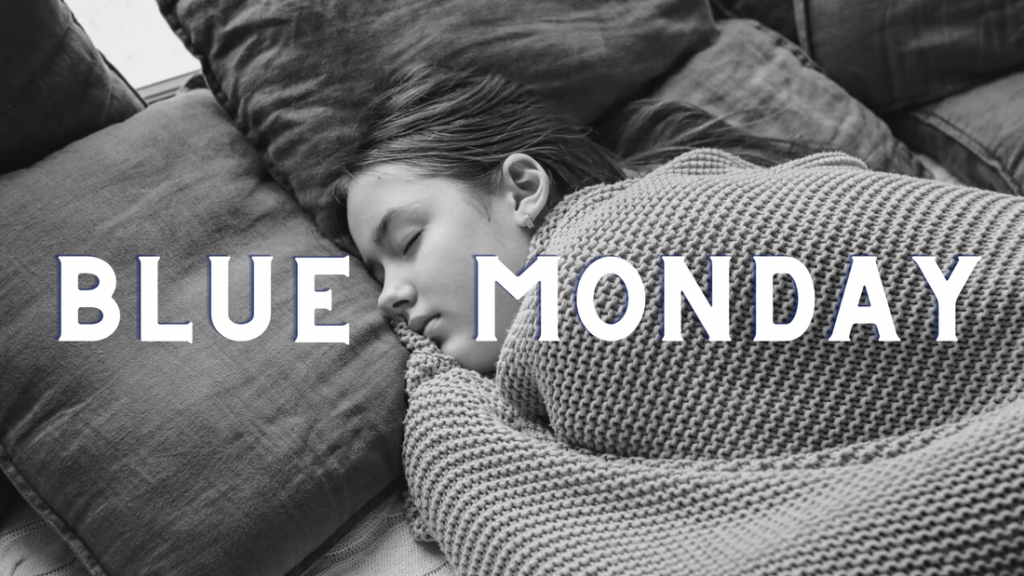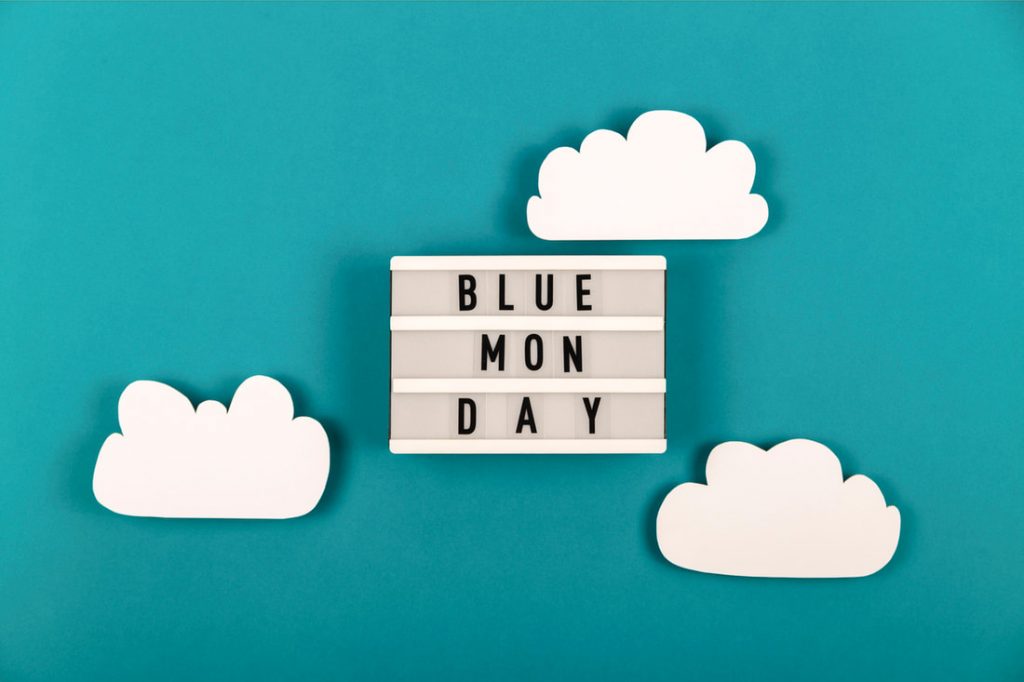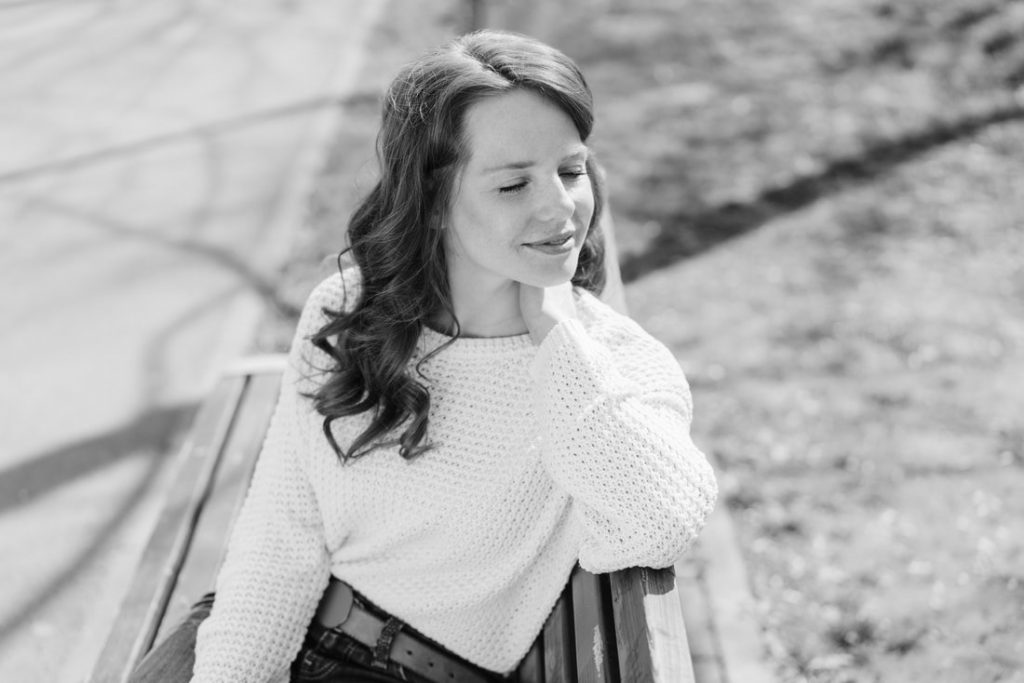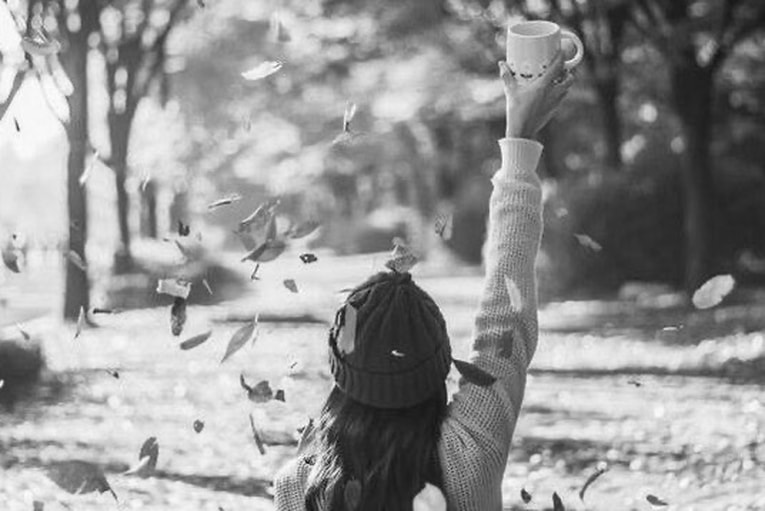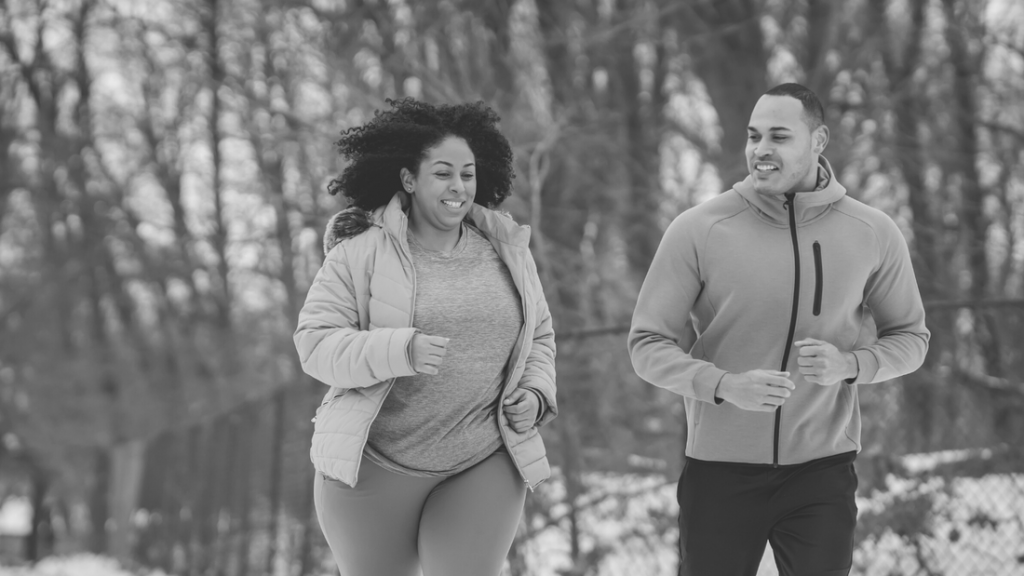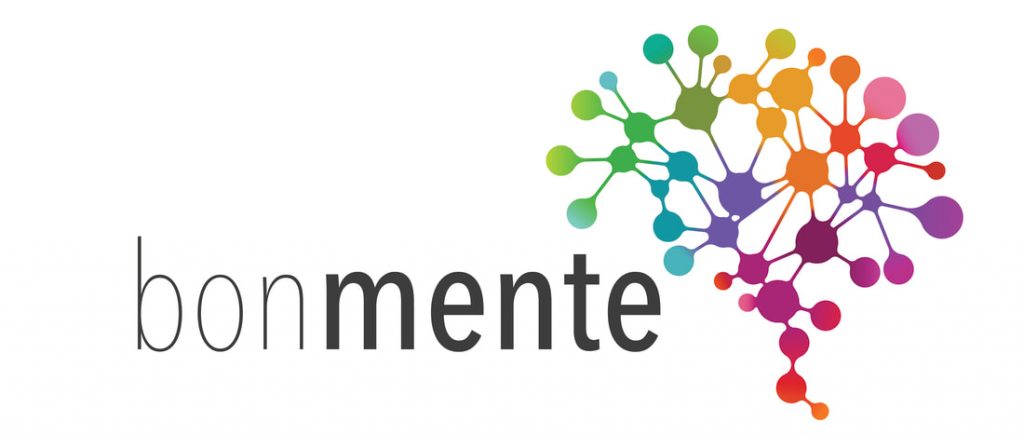The Seasons Are Changing, But Your Mood Doesn’t Have To
Have you noticed that beautiful sunset you enjoyed all summer now takes place around 6:00 PM? The season of sunshine is slowly slipping away, trying to sneak off without us noticing. It’s dark when you wake up and dark when you get out of work. Your brain and body can’t seem to figure out what time is it again? The temperatures are cooler, and this lack of sunshine can really impact the way you feel.
NOTICE A DIP IN YOUR MOOD WITH SEASONAL CHANGE? YEP, LOTS OF US DO.
“Seasonal Affective Disorder (SAD) affects 15 million adults or 7.1% of the U.S. population,” said Ana Jimenez, PA-C, of bonmente. “You don’t have to live in sub-zero climate to experience symptoms of SAD. It can happen right here in sunny California.”
WHAT IS SEASONAL AFFECTIVE DISORDER?
Seasonal affective disorder (SAD) is a form of depression closely linked to changes in the seasons, and it can make you feel like you’re in a constant state of gloom. But there’s no need to let your mood take a nose-dive just because the seasons change. There are ways to overcome SAD and keep your spirits high all year.
If you feel down or depressed for no apparent reason during the fall or winter months, you may suffer from seasonal affective disorder. While the exact cause of SAD is unknown, it is believed to be related to a disruption in the body’s circadian rhythm – the natural 24-hour cycle that regulates our sleep-wake cycle.
People with SAD may have difficulty adjusting to shorter days and less sunlight. For this reason, SAD usually hits people the hardest in the fall as the days get shorter and continue into the winter. For some people, SAD can also occur in the spring or summer, although this is less common.
HOW CAN I TELL IF I HAVE S.A.D.?
There are a few key signs that you might be suffering from SAD.
- How is your energy level? Do you feel more tired or less motivated than usual?
- Has your mood been shifting recently? Are you feeling more down or irritable than normal?
- How is your diet? Have you been craving carbohydrates more often or overeating in general?
- Don’t forget about sleep… Are you having more trouble falling or staying asleep?
Other symptoms of SAD can include difficulty concentrating and feelings of hopelessness or sadness. If you catch yourself nodding to any of these questions, it’s worth seeking a professional evaluation to determine whether SAD could be the cause.
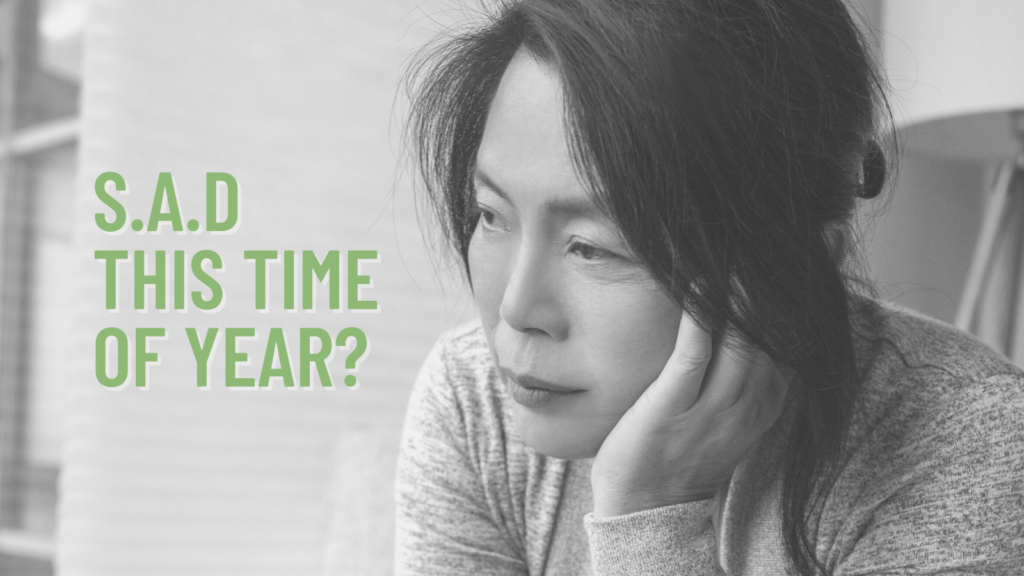
TIPS TO BOOST YOUR MOOD
Even though you don’t have to deal with the harsh winters that other parts of the country do, it’s still important to pay attention to your mental health as the seasons change. There are a few ways to help maintain a sunny mood, even when the weather isn’t.
- Make sure you’re getting enough daylight. Spend time outside daily, even if it’s just for a short walk around the block.
- Exercise regularly. Exercise releases endorphins, which have mood-boosting effects.
- Connect with loved ones and socialize. Just because it’s getting colder doesn’t mean you have to hibernate – there are plenty of fun winter activities in Cali to enjoy with friends and family.
TREATMENT OPTIONS FOR S.A.D.
Some effective treatments for seasonal affective disorder include light therapy, counseling, and medication. Light therapy involves sitting near a special light box that emits bright light for 30 minutes to two hours daily. The light exposure helps regulate the body’s circadian rhythm and improve mood by affecting chemical changes in the brain.
Therapy, such as cognitive behavioral therapy (CBT), can help people with SAD identify and change negative thinking patterns contributing to their depression. And finally, medication can help treat underlying conditions like anxiety or depression contributing to SAD symptoms.
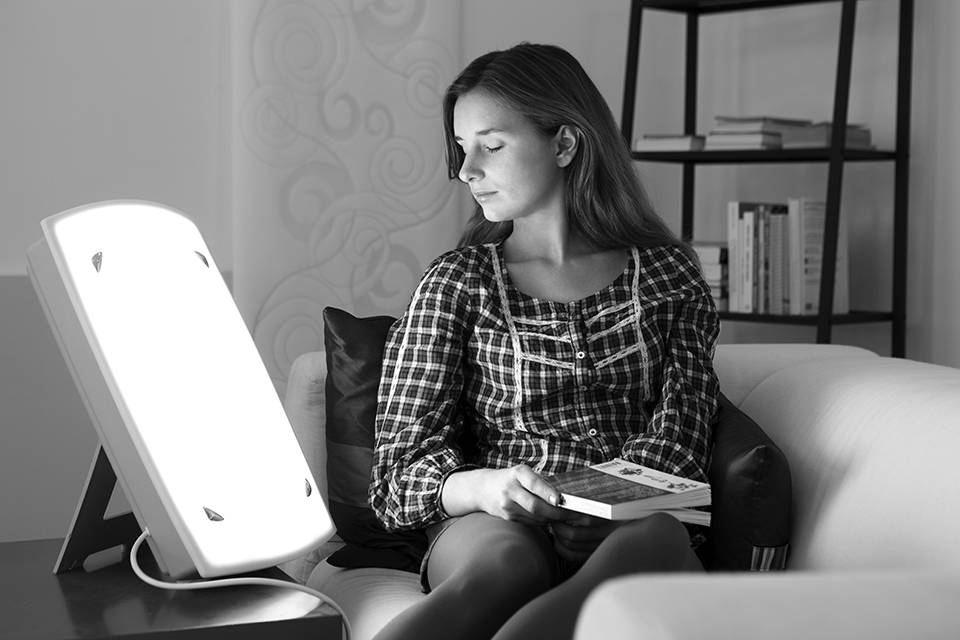
EVEN CALIFORNIANS GET S.A.D.!
Shorter days and less sunlight can impact your mood, even in sunny So Cal. But don’t spend your days wishing for warmer weather and suffering in the meantime.
At bonmente, we look forward to helping you feel better – from an expert diagnosis to a customized treatment plan. With some lifestyle changes and perhaps some light therapy, counseling, or antidepressant medication, you can get through the changing seasons with your mood intact! Give us a call today!

